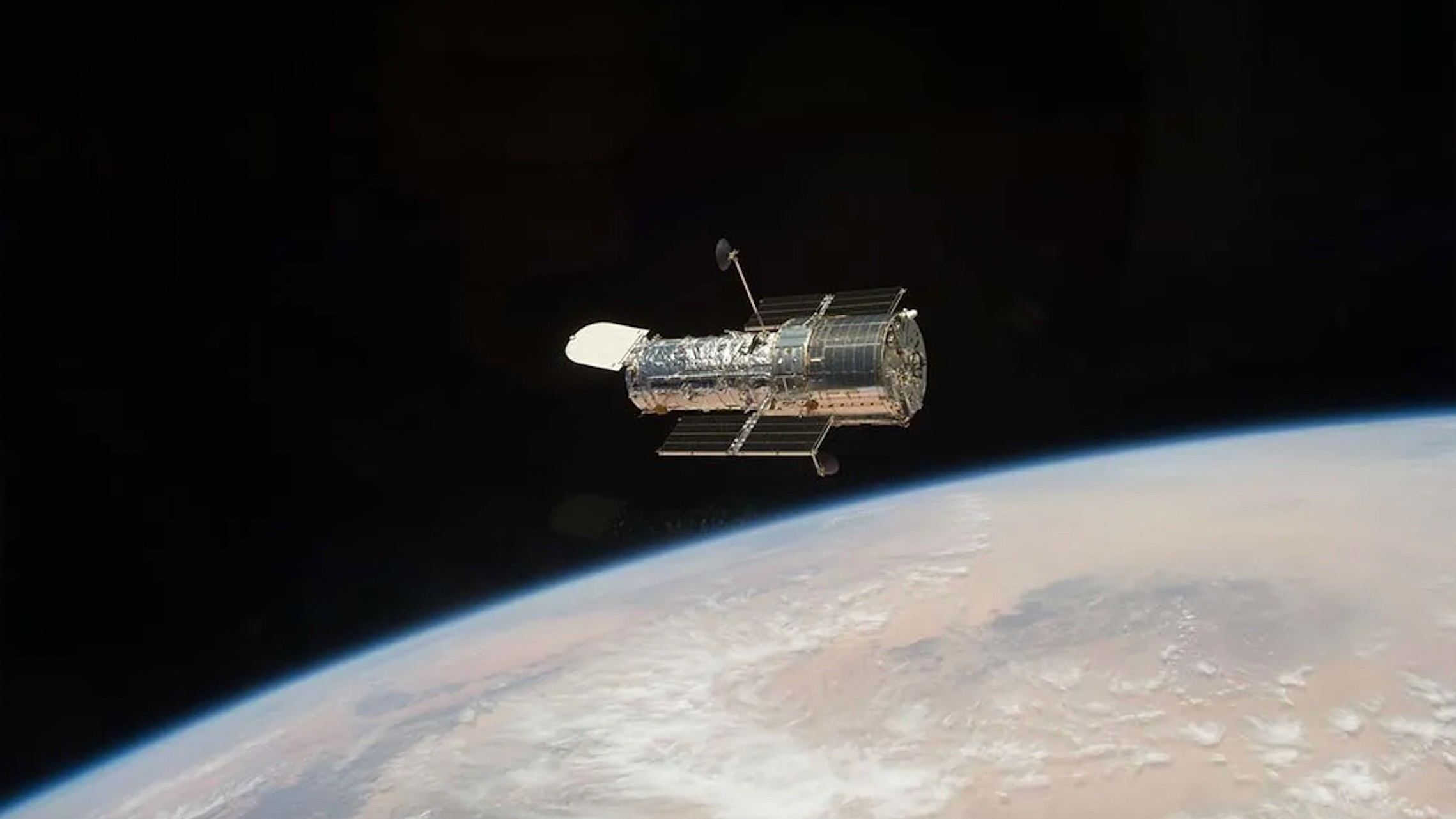
The Hubble Space Telescope is nearing its 35th anniversary and skywatchers can celebrate the mighty telescope with a year-long observation challenge.
Hubble launched to space on April 24, 1990, aboard the space shuttle Discovery. Since then, the space telescope has captured some of the most incredible images of the cosmos and made numerous discoveries related to dark matter, the expansion and age of the universe, stellar evolution and black holes.
In honor of the telescope's 35th anniversary, NASA and the Astronomical League are launching an observation challenge, encouraging skywatchers on the ground to search the skies for the same incredible objects Hubble has observed during its tenure in space.
Hubble's Night Sky Observing Challenge will kick off in 2025 and feature different targets each month that can be observed using a large backyard telescope with a recommended diameter of at least six inches. The list of targets will be announced one month in advance and include options for optimal viewing from both the Northern and Southern Hemispheres. Detailed information and finder charts are provided for each object so viewers know where to look in the sky.
"On a clear night, find a safe location with a dark sky away from bright lights, point your telescope skyward, and with the help of star and finder charts, gaze upon some of the same iconic nebulae and galaxies Hubble has observed," NASA officials said in a statement announcing the upcoming challenge.
The challenge includes two prizes — a silver and gold award — which have different observation requirements for the chance to earn a certificate and a pin. Participants do not have to be members of the Astronomical League to submit their observations to the challenge.
January's list of objects includes a variety of nebulas, including the Crab Nebula and the Orion Nebula, along with some star-studded globular clusters. When searching for the target objects, the challenge encourages viewers to compare their observations to those captured by Hubble.
"However, please keep in mind that, thanks to the blurring effects of looking through Earth's atmosphere with a ground-based telescope, what you see will very likely not look quite the same as what Hubble, a space telescope located above the atmosphere, is able to see," NASA officials said in the statement.
A full list of targets, requirements for each award and submission deadlines, can be found online.







